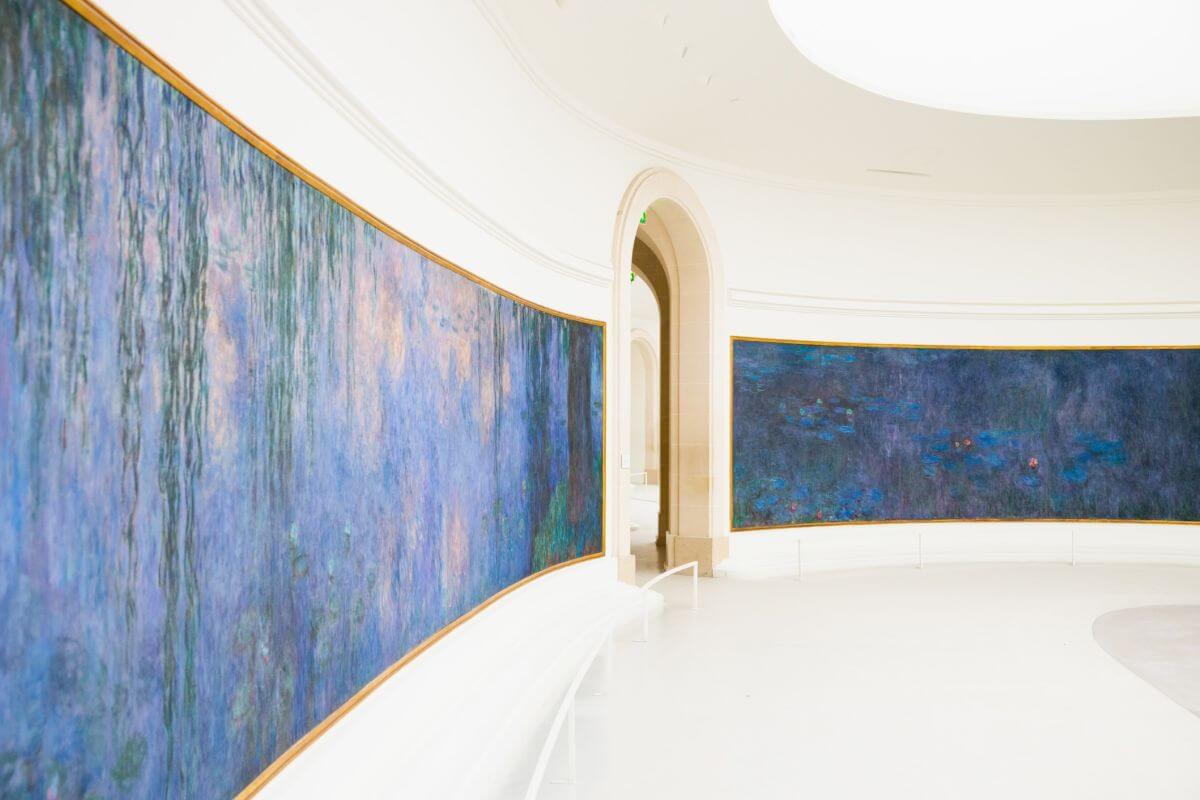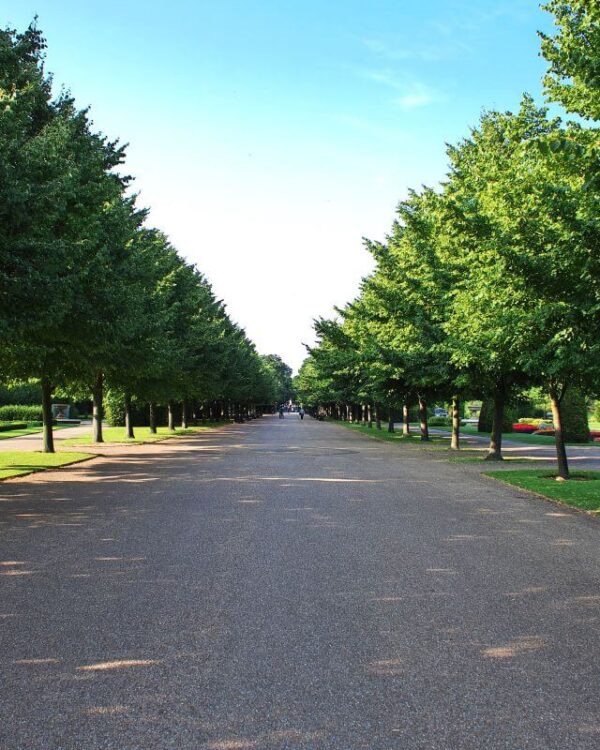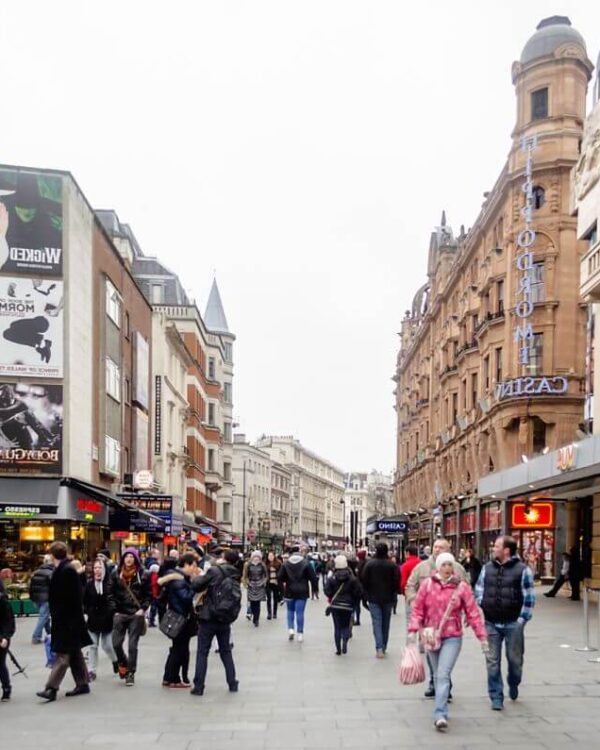About the Musée de l’Orangerie – History and Meaning
The name Musée de l’Orangerie means “Orangery Museum.” Its history begins with an orangery built in 1852 by Napoleon III. For decades, it was used to store the citrus trees of the Tuileries garden, before it became a property of the State in 1871. It was then turned into an event venue, where music concerts, dog shows and other public festivities were held.
After World War I, the building was given to the Under-Secretariat of State for Fine Arts. It became a space for living artists to display their work. Claude Monet was painting a series of his famous Water Lilies murals at the time, and eight were donated to the Orangerie in 1922. Other works from the series are displayed in his former home in Giverny.
The eight panels were installed in two oval rooms, which were designed specifically for them. In 1927, a few months after the artist’s death, the museum was inaugurated as the Musée Claude Monet. Later, it was acquired by the Musée de Luxembourg and renamed Musée National de l’Orangerie des Tuileries.
The Musée de l’Orangerie Today – Monet and Other Exhibitions
Of course, Monet’s Water Lilies (Les Nymphéas) are not the only impressionist paintings on display at the museum. The museum also has works by Paul Cézanne, Henri Matisse, André Derain, Pablo Picasso and many other famous artists. Some notable masterpieces are:
- Femme au violon by Henri Matisse;
- Bouquet by Auguste Renoir;
- Portrait de Mademoiselle Chanel by Marie Laurencin;
- Paul Guillaume, Novo Pilota by Amedeo Modigliani.
In addition to the permanent collection, the Musée de l’Orangerie also hosts temporary exhibitions. These have included retrospectives on artists such as Pierre-Auguste Renoir, Pablo Picasso and Henri Matisse.
The Jean Walter and Paul Guillaume Collection
The Jean Walter and Paul Guillame collection is also worth mentioning. It consists of 148 works of art, including paintings, sculptures and drawings, mainly put together by Paul Guillame himself. He wanted to open a museum to display this collection, but unfortunately, he died before he could do so.
His widow, Domenica, married architect Jean Walter and reduced her late husband’s collection. The French State bought it in the 1950s and decided to exhibit it at the Musée de l’Orangerie. Domenica named the collection after her successive husbands.
Practical Information – Opening Hours, Tickets and Location
The Musée de l’Orangerie is located in the Jardin des Tuileries, near the Place de la Concorde, at the western end of the Rue de Rivoli. It’s open every day except Tuesday, from 09:00 to 18:00.
All visits must be reserved in advance, and Musée de l’Orangerie tickets are €12.50 for adults. For youth under 18, admission is free. There are also reduced rates available for groups, students and seniors.
It’s easy to find the Tuileries Gardens – they’re right in the heart of Paris, and the Orangerie Museum is located within them. If you’re coming by metro, the closest station is Concorde (lines 1, 8 and 12). You can also take the RER C train to the Musée d’Orsay – it’s just a short walk from there.
See the Water Lilies for Yourself!
If you’re interested in learning more about the Musée de l’Orangerie or seeing some of its famous paintings, be sure to add this Paris museum to your itinerary when you’re planning a trip to Paris. You’re sure to have a great time.
Similar Posts:
- The Musée Marmottan Monet and Its Impressionist Masterpieces: Discover the Marmottan Monet Museum in Paris
- Best Paris Art Museums. Read Our Guide and Visit the Best Museums in Paris
- Discover the Oldest Park in Paris: Tuileries Garden in Paris (Jardin des Tuileries)
- A Guide to the Best Paris Museums: 17 Best Museums in Paris to Fill Your Itinerary and Camera Roll
- Visit the Musée d’Orsay and Explore the Best Impressionist Works of Art. Orsay Museum – Exhibitions, Admission, Hours
- The Georges Pompidou Center: History, Contents and Practical Information About the Centre Pompidou in Paris
- The Petit Palais: Exploring the City of Paris’ Museum of Fine Arts (Musée des Beaux-Arts de la Ville de Paris)
- The Musée Rodin, Paris: Discover the Works of Sculptor Auguste Rodin and More at the Rodin Museum (Hôtel Biron)



